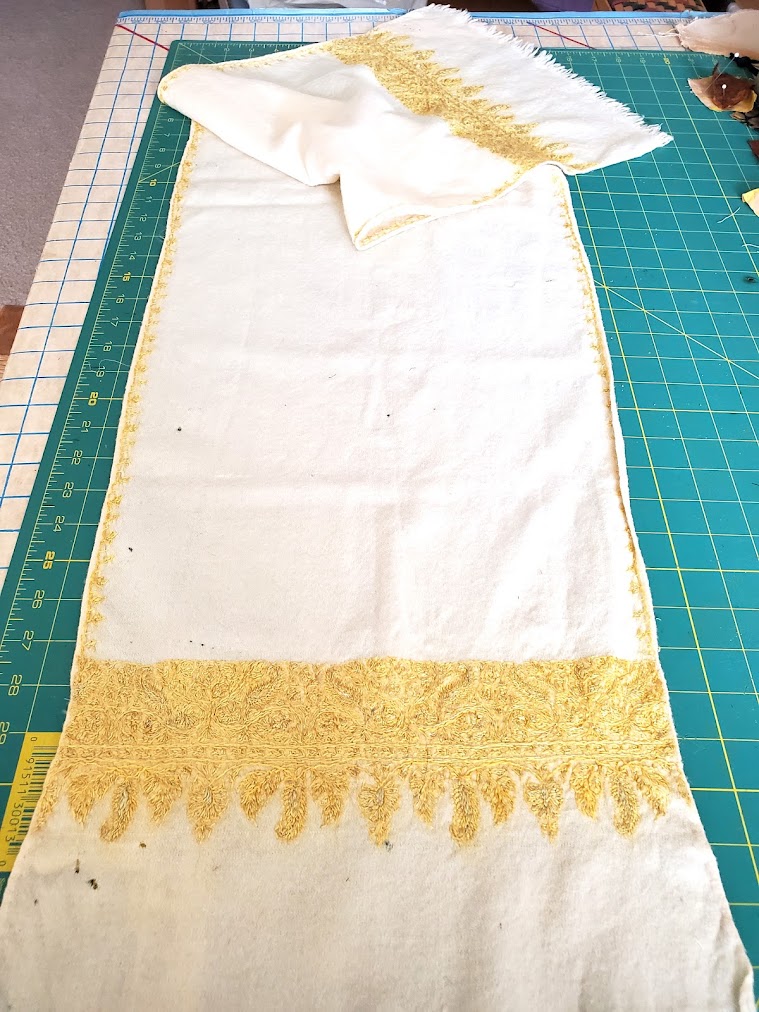In Tibetan tradition, flags inscribed with sacred images and phrases are flown outside houses, commercial buildings, or in public places. It is believed that the wind activates the prayers and messages written upon the flags, and carries those thoughts all over the world. Often prayer flags are inscribed with the names of loved ones who have died. The flags are intended to become weathered, tattered, and faded, signifying the ephemeral nature of all life.
As this year of the Covid Pandemic comes to a close, it seemed appropriate to make a few prayer flags to commemorate some of the phenomenal events of 2020, and to send out hopeful intentions for the entering new year. Pictured are some of those flags Joaquina made, and the themes each represents: enlightenment for those who dwell in darkness; justice for those who endure racism and bigotry; grace and peace for those who have lost loved ones to the Covid 19 virus; radical empathy for the victims of the catastrophic wildfires of the western United States and for all victims of climate change.
These are but a few of the many urgent issues our world must contend with now. The losses of 2020 have been profound. But in acknowledging our weaknesses, our mistakes, we can learn. We can still choose to make a better world going forward if it is in our hearts and minds to do so. Wishing you a brighter, hopeful new year.
